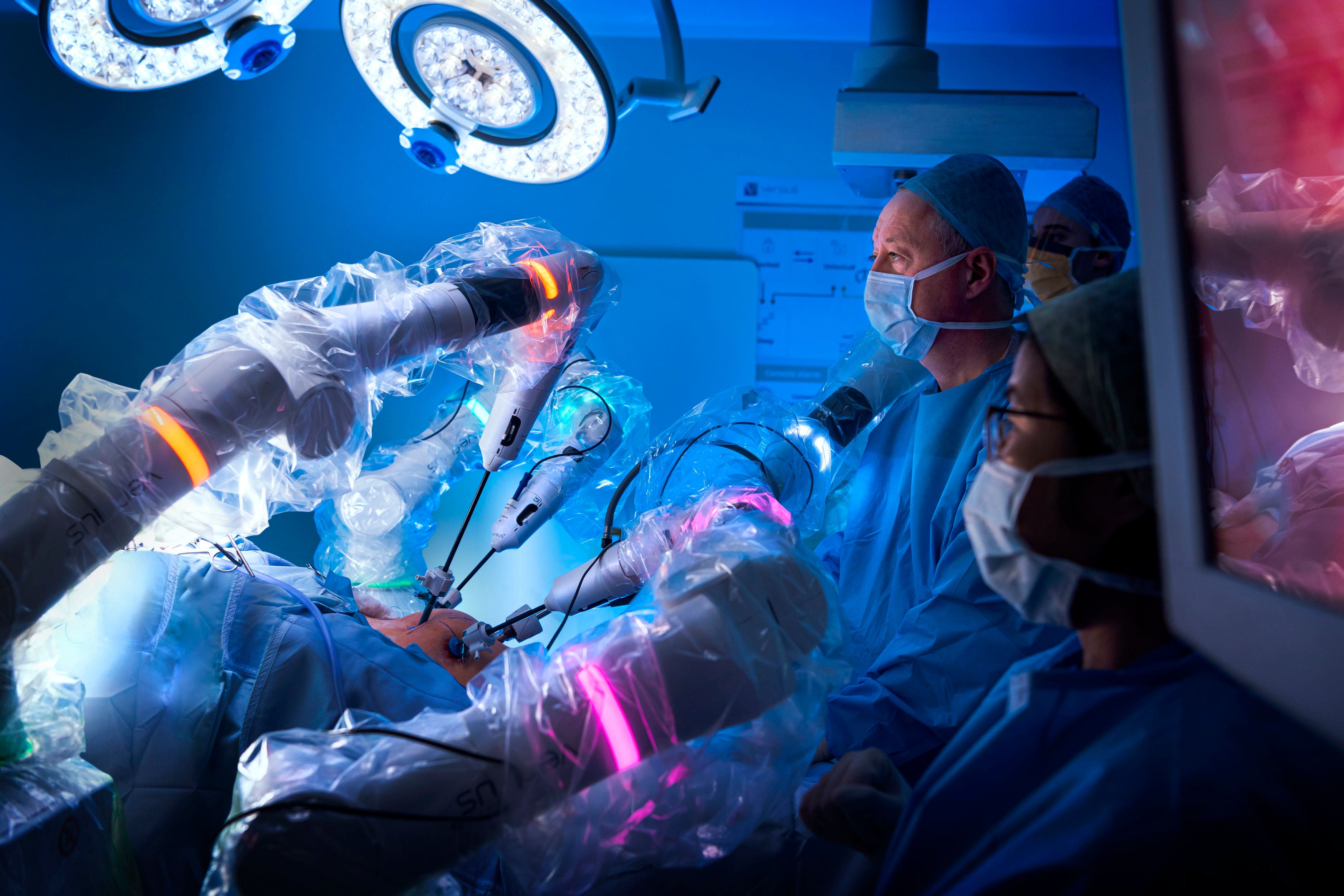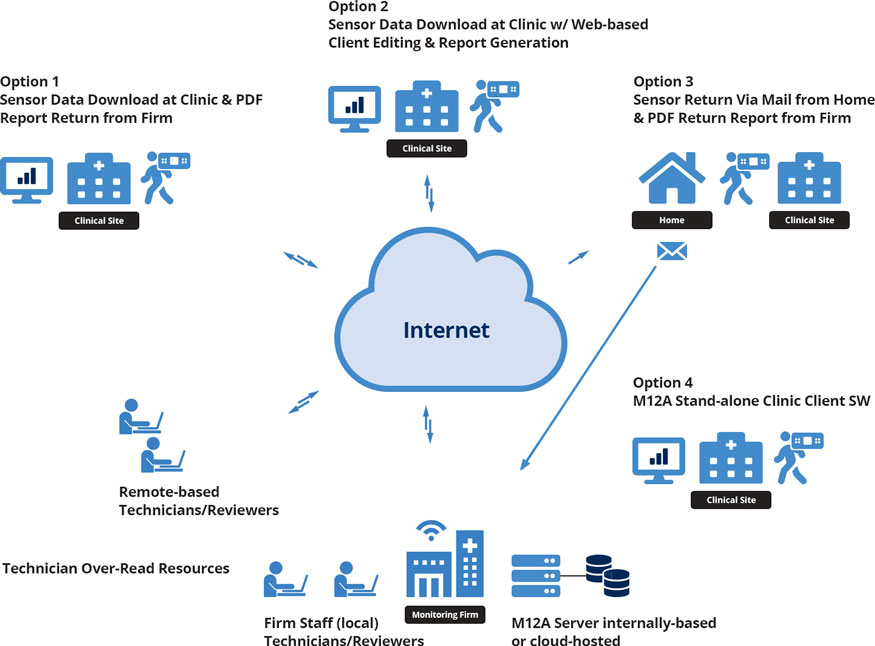
Precision in Surgery: The Impact of Robotics

Precision in Surgery: The Impact of Robotics
Robotics in surgery has revolutionized the field, ushering in an era of precision and innovation. This article explores the transformative impact of robotics on surgical procedures, examining benefits, challenges, and the future landscape of surgical robotics.
Enhancing Precision and Accuracy
One of the primary advantages of incorporating robotics into surgery is the unparalleled precision and accuracy it offers. Robotic systems provide surgeons with enhanced control and a three-dimensional view, allowing for intricate maneuvers and precise incisions. This level of precision is particularly beneficial in complex surgeries where accuracy is paramount.
Minimally Invasive Procedures
Robotics has paved the way for minimally invasive procedures, reducing the need for large incisions traditionally associated with open surgeries. Miniaturized robotic arms, controlled by surgeons through a console, enable delicate movements within the body. Minimally invasive approaches result in shorter recovery times, reduced pain, and minimized scarring for patients.
Improved Visualization and 3D Imaging
The integration of robotics in surgery brings about improved visualization through high-definition, three-dimensional imaging. Surgeons can navigate through intricate anatomical structures with heightened clarity. This enhanced visibility contributes to more accurate decision-making during surgery, leading to improved patient outcomes.
Remote Surgery and Telemedicine
Advancements in
